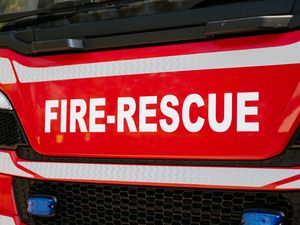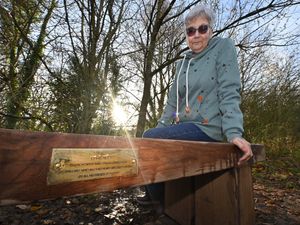Memorial services planned in Rhayader for crew of crashed World War 2 bomber
An 80th anniversary memorial service and wreath laying ceremony for the crew of a World War 2 bomber which crashed in the Elan Valley will take place on Thursday, December 12.
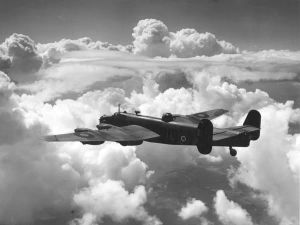
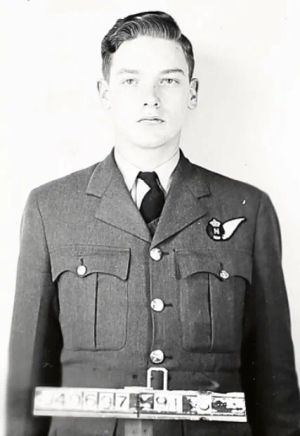
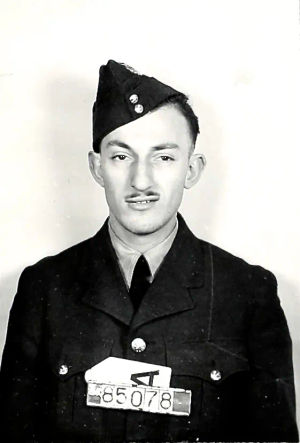
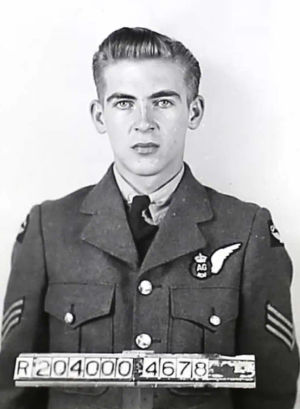
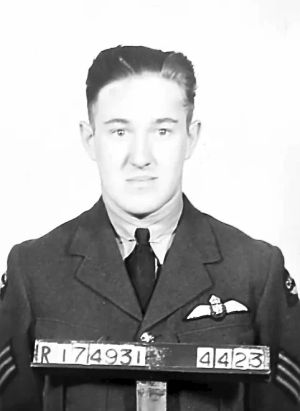
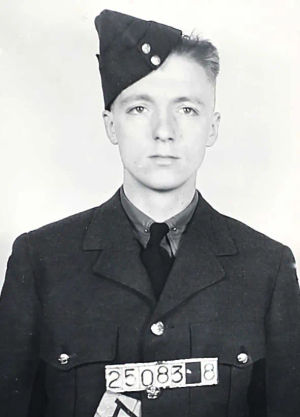
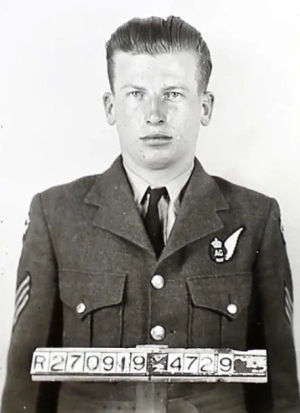
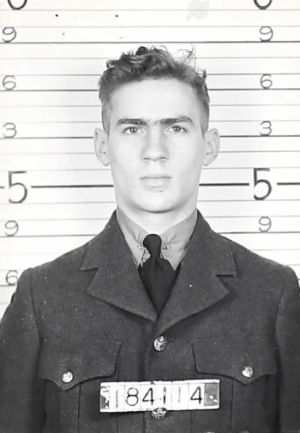
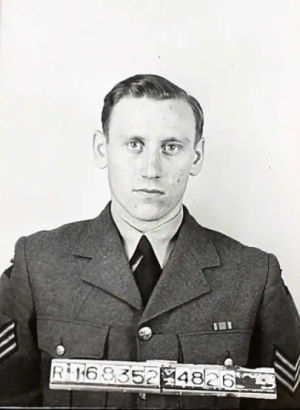
The Halifax LL541 aircraft crashed into Penyblwch mountain during a training exercise on December 12, 1944.
The eight young Canadians on board were all killed.
They were buried with full military honours at Blacon Commonwealth War Cemetery, Chester, where their graves can be seen today.
Professional archaeologists at Trysor Heritage are familiar with the Elenydd uplands and the crash site was one of the sites they researched during a field survey of the area in 2022 for the Elan Links Project, funded by the National Lottery Heritage Fund.
But they were contacted recently by the family of a gentleman who witnessed the crash when he was an evacuee child in the Elan Valley.
He remembers the event to this day and wanted to know if Trysor had seen the crash site and if there was any memorial to the crew.
Paul Sambrook at Trysor Heritage said: “This contact led to us talking to both David James and Clive Bywater of Rhayader and as a result we have organised a small party to lay a wreath at the remote crash site to mark the 80th anniversary of the crash.
“RAF Padre Charles Lewis, the Wing Chaplain of the RAF Air Training Corps Thames Valley Wing, will hold a short memorial service at the Elan Valley Centre from 12.45pm on December 12 for members of the public to attend.
“We are also holding a memorial service at St. Clement’s parish church, Rhayader, which will be held at 6.30pm.
“The Rev. Robert Simpson has kindly agreed to assist with this service, along with the Rev. Charles Lewis,
“The members of the RAF Air Training Corps at 579 (Llandrindod Wells) Squadron and members of the Royal British Legion in Llandrindod Wells, are also intending to bring their standards and play a formal role in the service.
“Rev. Lewis has also extended invitations to the Lord Lieutenant of Powys and number of senior RAF figures, including the Air Commodore for Wales, the Vice-President of the RAF Association and the Air Advisor to the Canadian High Commission.”
Rhayader Mayor Councillor Clare Evans and other councillors have also been invited to the parish church service to remember the sacrifice of eight young Canadians.
Around 1pm on the afternoon of December 12, 1944, the people of Rhayader and district were surprised by the sight of a Handley Page Halifax bomber emerging from the clouds above the town clearly in distress.
The airplane was struggling to gain altitude and parts were falling off as it passed over the town.
A short while later, at 1.03pm, the airplane crashed into the mountains at Penybwlch, to the west of Rhayader, witnessed by many residents of Rhayader and the surrounding district.
The plane in question was the Royal Canadian Air Force Halifax bomber LL541. It was flying a daytime training mission from its base at RAF Dishforth, Yorkshire. Its objective was to fly out to Cardigan Bay and then return to RAF Dishforth.
On that fateful flight LL541 had its seven regular crew members, plus an extra flight engineer. All eight men were Canadians serving in the RCAF, namely; Pilot Officer Gerald Lister (Pilot), aged 22, Flying Officer Ernest Brautigam (Navigator), aged 19, Flight Sergeant David Levine (Bomb Aimer), aged 23, Sergeant John Overland (Air Gunner), aged 19, Sergeant Grant Goehring (Air Gunner), aged 21, Flight Sergeant James Preece (Wireless Operator/Air Gunner), aged 20, Sergeant Frank Willmek (Flight Engineer), aged 23 and Sergeant Allan McMurtry (Flight Engineer), aged 22.
F/Sgt McMurtry may have been the extra crew member flying with the crew of LL541 that day. In a letter from F/Sgt Goehring’s father to the authorities enquiring after the families of his son’s crewmates, all are mentioned apart from McMurtry suggesting he was not a regular crew member.
It is not known why Halifax LL541 lost control and crashed. It was suggested that the pilot may have suffered from oxygen deprivation and passed out, putting the plane into a dive which stressed the aircraft’s frame. He may have come around and tried to regain control but failed to clear the ridge to the west of Rhayader.
The aircraft came down heavily on the south side of Penybwlch, killing all on board. Three of the crew had managed to bale out before impact, but at an altitude too low for them to open their parachutes. They too perished.
During the following week the wreckage of the aircraft was removed from the hill. The crew were buried with full military honours at Blacon Cemetery, Chester, which had been designated as a Regional Cemetery for the Royal Air Force in 1943.
They lie alongside almost 400 other air crew who died on missions or exercises over western Britain during the war, half of which are their fellow Canadians. The cemetery is now a Commonwealth War Cemetery maintained by the Commonwealth War Graves Commission.
Today there is little to mark the crash site of Halifax LL541. A long scar on the hillside marks the point at which the aircraft made impact, but there is no other memorial there to the eight brave young Canadians who came to fight for our freedom and made the ultimate sacrifice.

